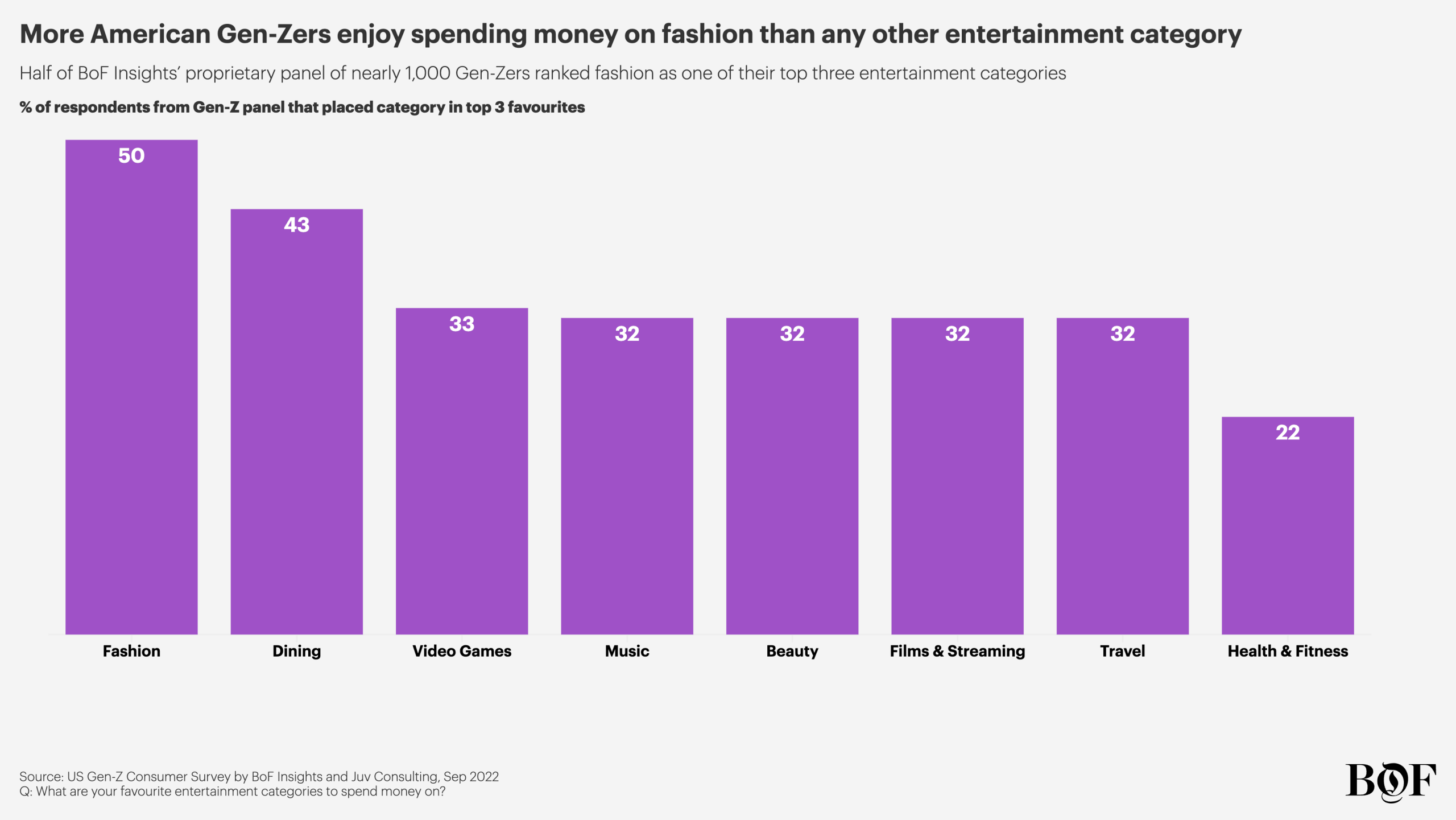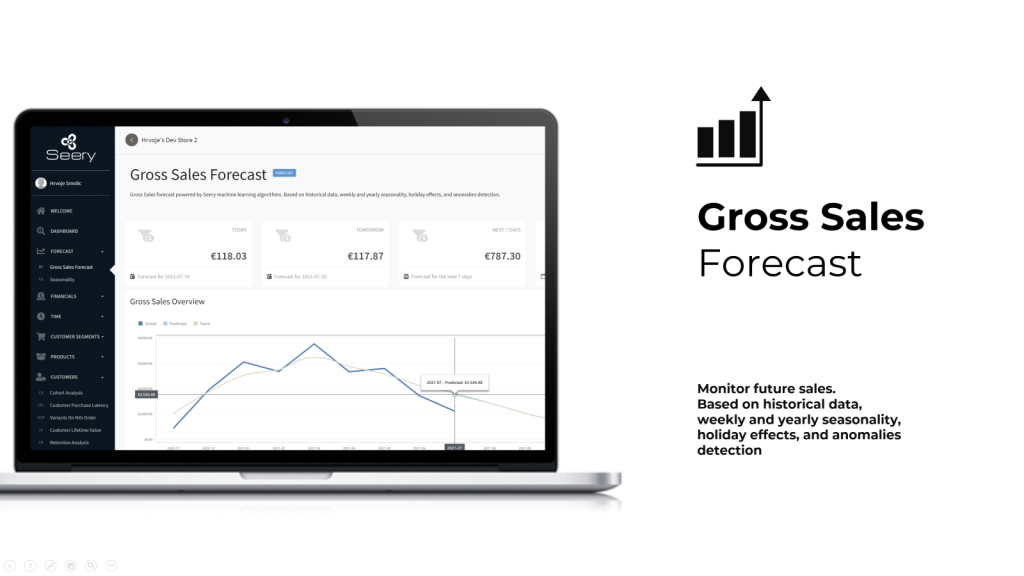Let’s be honest, the old sales playbook is gathering dust. The tactics that worked on Boomers and even Millennials? They just don’t hit the same with Gen Z. This is a generation that can sniff out inauthenticity from a mile away, armed with a sixth sense for marketing and a deep, deep aversion to being sold to.
So, how do you connect? You don’t sell to them. You build with them. You have to earn their attention, and more importantly, their trust. It’s less like a transaction and more like starting a conversation in a crowded digital room. Here’s the deal.
Who is Gen Z, Really? Beyond the Stereotypes
Forget everything you think you know. Gen Z are digital natives in a way that makes Millennials look like pioneers. They didn’t adapt to the internet; they were born into its swirling, high-speed current. Their worldview is shaped by TikTok feeds, finsta stories, and a constant, low-grade anxiety about the state of, well, everything.
This creates a unique set of core values that directly influence their purchasing decisions:
- Authenticity Over Polish: A slightly shaky, selfie-style video filmed in a bedroom holds more weight than a glossy, high-budget ad. They want to see the real people behind the brand, flaws and all.
- Purpose-Driven Consumption: They don’t just ask, “What does this product do?” They ask, “What does this company stand for?” Sustainability, ethical labor, social justice—these aren’t buzzwords; they’re checkboxes.
- Community & Belonging: They crave connection and identity. Brands that can foster a sense of tribe, of being “in the know,” have a powerful advantage.
- Financial Pragmatism: Having grown up during economic instability, they’re savvy, value-conscious, and deeply aware of their financial footprint.
The New Sales Funnel: It’s Not a Funnel, It’s a Spiral
The traditional AIDA (Awareness, Interest, Desire, Action) funnel is too linear. The Gen Z path to purchase is a wild, non-linear spiral. They might discover you on TikTok, research you on Reddit, watch an unboxing on YouTube, check your brand’s ethics on your website, and then finally—maybe—buy after seeing a friend use it on their Instagram Story.
Your job is to be present and valuable at every single one of these touchpoints.
1. The Authenticity Imperative: Drop the Act
This is non-negotiable. Gen Z has a highly-tuned “BS meter.” They can tell when a brand is trying too hard to be “cool” or “relatable.”
So, what does authenticity look like in practice? Well, it means showcasing your team, your process, and even your mistakes. It’s responding to comments—both positive and negative—with a genuine, human voice. It’s letting your employees become micro-influencers. It’s about being transparent about your supply chain or your sustainability efforts, even if they’re not perfect yet. Progress over perfection, you know?
2. Mastering the Content & Platform Play
You can’t just repurpose a TV ad for TikTok. Each platform has its own language, its own rhythm.
| Platform | Gen Z Vibe | Your Approach |
| TikTok | Raw, entertaining, trend-driven. | Don’t sell. Entertain. Use sounds, participate in challenges, show behind-the-scenes. Think “edu-tainment.” |
| Curated, but with a “real” side via Stories/Reels. | Use Reels for quick, engaging content. Use Stories for polls, Q&As, and casual updates. Highlights are your digital storefront. | |
| YouTube | In-depth, search-based, community-focused. | Create long-form tutorials, deep-dives, and vlog-style content. Build a library of valuable information. |
| Reddit & Discord | Niche, anonymous, brutally honest. | Listen. Don’t market. Join conversations relevant to your industry. Provide expert advice without a sales pitch. |
3. The Power of UGC and Micro-Influencers
Forget the celebrity with 50 million followers. Gen Z trusts people who look and sound like them. A micro-influencer with 10,000 dedicated, engaged followers is infinitely more powerful than a mega-influencer with a passive audience.
And even better than that? User-Generated Content (UGC). When a customer posts about your product, that’s social proof gold. Repost it (with permission, of course!). Run campaigns that encourage UGC. Make your customers the stars of your marketing—because, in their world, they are.
4. Value and Values: The Two-Part Pricing Strategy
As we said, this generation is financially pragmatic. They will hunt for a discount code, compare prices across five apps, and wait for a sale. Your pricing must reflect real, tangible value.
But it’s not just about the price tag. It’s about your brand’s values. Are you a B-Corp? Do you donate a portion of profits? Are your packaging materials sustainable? This is part of the value proposition. They are often willing to pay a slight premium—or at least, choose you over a competitor—for a brand that aligns with their worldview. It’s a purchase that feels good, inside and out.
What Not to Do: The Cringe Factor
A quick, crucial list of pitfalls. Avoid these at all costs.
- Using their slang incorrectly. Nothing screams “hello, fellow kids” faster. Just don’t.
- Ignoring comments and DMs. This is their primary communication channel. Ignoring them is like hanging up the phone on a customer in your store.
- Over-promising and under-delivering. They will find out, and they will talk about it.
- Silence on social issues. While you have to be genuine, silence on major issues can be interpreted as complicity. Know your values and stand by them.
The Future is a Collaboration
Ultimately, selling to Gen Z is about shifting your entire mindset. It’s a move away from broadcasting a message and toward fostering a community. It’s about ditching the hard sell for a soft, value-driven invitation.
They don’t want to be your target audience. They want to be your co-creators, your advocates, your partners in your brand’s story. The brands that understand this—that are brave enough to be human, to listen more than they talk, and to stand for something real—are the ones that won’t just capture a market. They’ll build a legacy.



